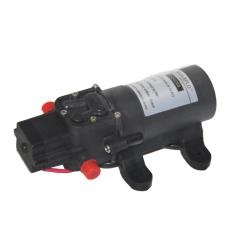Introduction:
Toroidal transformers and square transformers both fall under the category of electronic transformers. Visually, toroidal transformers are circular in shape with a core made of silicon steel strips wound into a ring, while square transformers have cores formed by the interlocking of E-shaped and I-shaped silicon steel strips. Beyond the differences in their external structures, several key distinctions exist between the two.

Efficiency:
For the same power output, a 50W toroidal transformer typically operates with an efficiency range of 86%-90%, whereas a 50W square transformer has an efficiency range of 80%-84%.
Temperature Rise:
At the same power level, the temperature rise of a 50W toroidal transformer is notably lower compared to that of a 50W square transformer.
Cost:
Toroidal transformers with a power rating of 200W and above tend to have lower manufacturing costs than their square counterparts, which usually have higher costs for similar power ratings.
Electromagnetic Interference (EMI):
Toroidal transformers exhibit minimal leakage flux, while square transformers often have noticeable leakage flux, leading to low-frequency interference.
Lifespan:
Although both toroidal and square transformers do not show significant material degradation over time, the lifespan of toroidal transformers is generally longer.
Low-Temperature Performance:
Toroidal transformers can function normally in environments as cold as -30 degrees Celsius, making them well-suited for outdoor use in colder climates, such as during northern winters.
Design Flexibility:
Toroidal transformers offer flexibility in terms of volume and winding customization according to customer specifications. They can have multiple windings tailored to customer needs without requiring molds, ensuring convenient installation.
Conclusion:
Understanding the differences between toroidal and square transformers is crucial when selecting the appropriate transformer for a specific application. Each type has its advantages and disadvantages, and choosing the right one depends on factors such as efficiency, temperature requirements, cost considerations, electromagnetic interference sensitivity, lifespan expectations, low-temperature performance, and design flexibility.



























